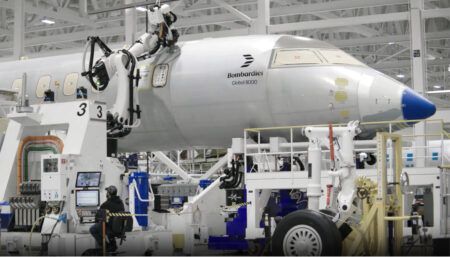Aircraft shipment and billings numbers for 2016 have been unveiled by the General Aviation Manufacturers Association (GAMA). Globally, aircraft shipments declined by 3.9%, from 2,331 in 2015 to 2,241 in 2016. Aircraft billings fell by 14.1%, from US$24.1bn to US$20.7bn.
The turboprop data provided some reason for cheer – shipments went up by 3.4%, from 557 in 2015 to 576 in 2016. However, the other sectors all saw figures drop. Whereas 718 business jets were shipped in 2015, only 661 were delivered in 2016 – the lowest figure since 2004.
Rotorcraft shipments declined by 16.9%, from 1,036 in 2015 to 861 in 2016; with billings down from US$4.7bn in 2015 to US$3.6bn in 2016. Meanwhile, piston aircraft shipments fell from 1,056 in 2015 to 1,004 in 2016, a 4.9% reduction; shipments of turbine helicopters fell from 757 in 2015 to 637 in 2016; and piston helicopter shipments fell from 279 in 2015 to 224 in 2016.
“The 2016 year-end results were disappointing overall, although we did see some blue sky in the turboprop sector,” said Pete Bunce, president and CEO at GAMA. “As we look toward 2017 and beyond, we are optimistic about the future and encouraged by the number of companies investing in innovative research and development programs and planning to bring new products to market.
“GAMA is actively working to create the regulatory environments that will make it more efficient and effective for manufacturers to offer new products and technologies to their customers, enhancing safety, efficiency, connectivity and comfort. We are encouraged by the completion of the Part 23 rule by the US FAA and look forward to similar actions in Europe, as well as adaptation of these rule-making principles to rotorcraft and transport category airplanes. However, to enable and sustain that growth, policy makers and regulators must continue to work with industry to streamline regulatory processes and facilitate the global flow of aviation products.”
February 28, 2017




